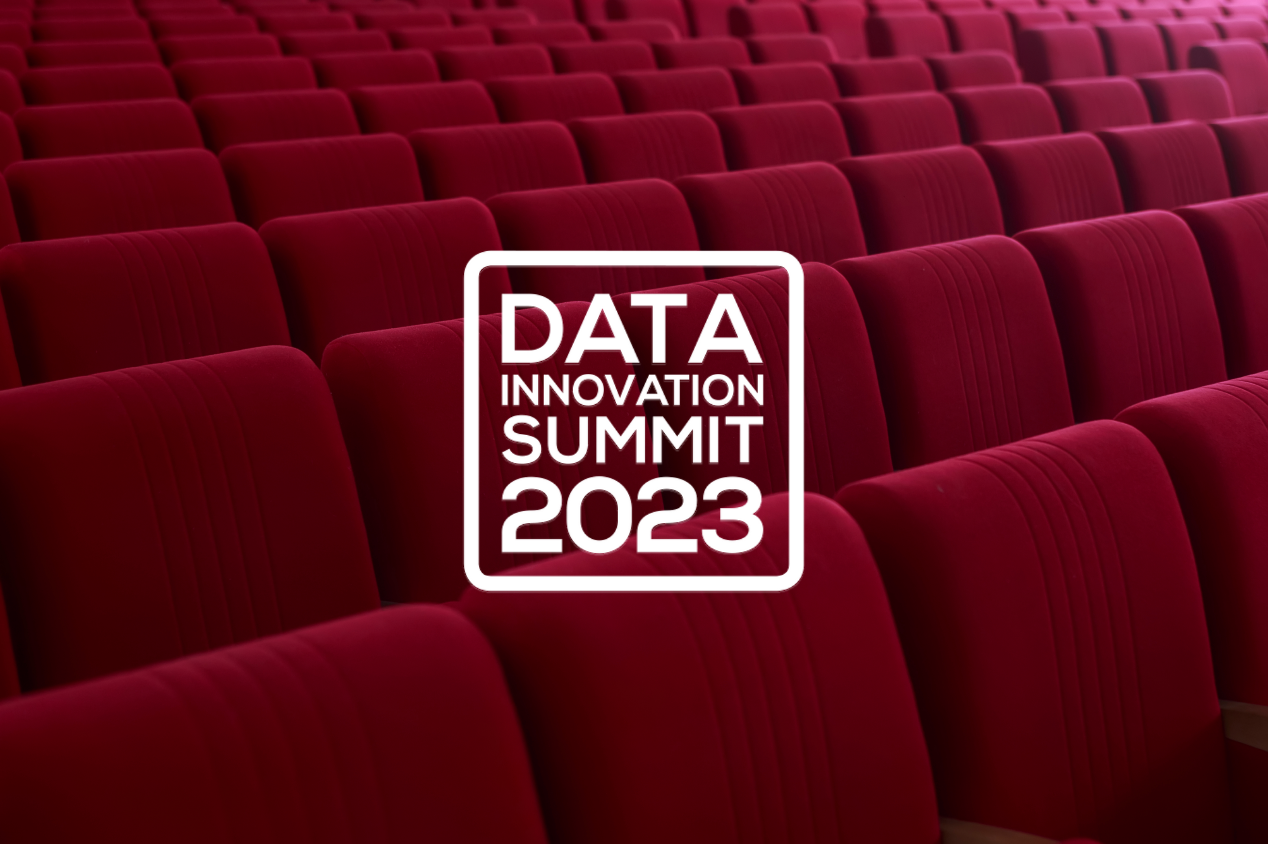
Customer Data Platform Showdown: Centralized vs. Federated Data Management
Table of Content:
Table of Content:


Maximizing earnings via strategic sales growth and cost control is the holy grail of every successful business. The key to doing this is drawing in more clients who are ready to make a purchase.
Here comes the customer data platform (CDP), a revolutionary tool for companies striving to achieve these goals. Through the consolidation of all client-related data, including names and purchase records, a CDP offers important insights into customer acquisition and retention efforts. It gives you the option to examine many measures, such as the customer life cycle (CLC), the percentage of income that comes from current customers, the customer acquisition cost (CAC), and net dollar retention (NDR).
Although these measures are helpful, they mostly show past performance. Customer requirements and tastes change over time, and businesses risk losing sight of them if they fixate only on past data. To succeed, you must be able to foresee and adjust to the ever-shifting habits of your consumers.
The capacity to collect and analyze early signs that represent a customer’s happiness and perceived value is the real strength of a customer data platform (CDP). Customers’ preferences and activities are studied by these customer-centric metrics, which take into account data like social media activity, online surfing patterns, demographics (such as industry, geography, and firm size), and interactions with the organization (such as support channels, chatbots, and community involvement).
With all this information at their disposal, a CDP can show customers how much they get for their money. This enables you to take the initiative when interacting with customers and quickly adjust to changes in their behavior.
Federated vs. Centralized Data Governance Programs: Main Differences
Modern, innovative companies often use Amazon Redshift, Snowflake, or Databricks as their customer data platform’s backbone. They reduce infrastructure expenses and maintenance responsibilities and ensure seamless integration with business intelligence, analytics, and governance tools.
You must carefully plan how data will be loaded into your selected cloud platform if you want your CDP to be successful. Two main techniques, the centralized model and the federated data model, are usually used to achieve this. Let’s go further into these.
Federated Data Governance
In a federated data model, the reins of data management are handed over to various teams equipped with specific domain expertise. Each group is responsible for its subset of data, drawing on its members’ unique expertise rather than having a single authority monitor data ownership and governance. The result is that teams are responsible for the care and oversight of various forms of data, even if all client data ends up in one central cloud data platform.
For example, under this model, one team may be in charge of marketing, another of sales, and the third one of customer care. The marketing team would manage data from customers’ online surfing and social media activities, while the sales team would handle transaction data. Implementing a data mesh design may help with this decentralized approach by letting each domain control its data pipelines.
Centralized Data Governance
Within the centralized model, a specialized group is responsible for collecting and integrating all relevant data sources into a single cloud-based database. To make the data easily accessible and usable, this group checks that the correct client identification is always used.
The team responsible for transforming the customer data platform (CDP) into a useful tool typically has to redirect the enhanced data to another location, such as a contact center database or the original business applications, so that organization users may examine and use it. As part of this process, your data environment may need to include sync-back capabilities.
A centralized data platform demands that all expertise and knowledge reside within this single team. “Customer”, “industry vertical”, and “products” are among the crucial concepts that they clarify. Together, these individuals ensure that the technology framework is well-managed and that all governance rules are met.
Federated vs. Centralized Models: Pros and Cons
First, study more about the advantages and drawbacks of federated and centralized models before deciding which one to choose.
Federated Data Governance Models
The plus is you won’t have to wait for a centralized team to complete processing before making a little adjustment or waiting in line for a mountain of data projects in a federated model. Here, each domain team is clearly accountable for its data products. The setup’s scalability is astounding, and it also motivates and empowers teams, which results in speedier and more inventive solutions.
However, in the absence of a governing body, data engineering teams will have a greater responsibility to ensure that all departments’ data is consistent in quality and format and to reduce instances of data inconsistency. Also, in order to guarantee a high level of security and compliance across dispersed units, teams that embrace a federated model in business must also encourage rigorous compliance.
Centralized Data Governance Models
With simpler internal lines and clearer channels of communication, centralized approaches to handling client data provide better control and coordination. Fast decision-making is the outcome. For instance, the centralized team may easily update the definition of “industry vertical” if necessary. With everything managed centrally, there is no confusion about governance or responsibility. The same holds for the technological stack; a centralized team is better able to take advantage of scale economies.
Unfortunately, there will be a lack of resources because all the information and experience are concentrated in one team. This makes it harder for businesses to grow their data analytics initiatives, as it often causes bottlenecks.
How Data Contracts Improve Both Federated and Centralized Data Governance
When comparing the federated model vs the centralized model, data contracts are an important part of the story since they improve both approaches. These contracts spell out specific procedures for data management, sharing, and processing, guaranteeing uniformity, accuracy, and conformity across all involved parties and platforms.
Their key benefits are:
- Consistency and quality. To guarantee proper analysis and reporting, data contracts set standard practices that all teams must adhere to.
- Accountability. By clearly outlining each team’s duties, data contracts help keep everyone on the same page and prevent misunderstandings and disputes.
- Enhanced collaboration. Data contracts allow better collaboration by establishing a standard framework, which in turn reduces friction and encourages creativity across different departments.
Whether data is maintained centrally or spread across teams, data contracts facilitate scalable data operations and assure compliance with laws. They help make strategic choices based on high-quality data by promoting openness and reducing misconceptions.
Centralized Data Governance and Data Contracts
Data contracts ensure that all departments within a centralized data platform adhere to the same standards and processes. Doing so guarantees compliance and standardization in data management. Each department’s and the central data governance team’s duties are defined in detail in these contracts, which helps to eliminate confusion and promote responsibility.
More than that, they consolidate authority over compliance activities and guarantee that all divisions follow security rules and regulations. Centralized governance ensures strong data quality at all levels of the company by imposing validation criteria and data quality standards via contracts.
By specifying data formats, access methods, and integration points, data contracts guarantee trouble-free data exchange and integration. Also, by consolidating dispute resolution procedures, they provide a transparent framework for handling disagreements about data use and responsibility.
Federated Data Governance and Data Contracts
Federate data governance models benefit from enforced standards since they lessen the likelihood of fragmentation and inconsistency. Data contracts improve corporate responsibility and coordination by outlining the roles and duties of each business unit following predetermined governance rules and procedures.
To reduce the dangers of dispersed control, contracts provide baseline criteria and best practices for maintaining security and compliance across various units. By establishing transparent standards and validation processes, they help various units maintain excellent data quality and promote data stewardship within a federated data governance model.
When dealing with a federated model in business, data contracts simplify methods for exchanging data and guarantee that it is of consistent and high quality. They ensure that problems are handled methodically (and equitably) by establishing processes for resolving disagreements via departments.
Get Your Data Governance in the Clear and Gear
A strong open-source ETL/ELT solution from Visual Flow may transform your data management. Whether your strategy is centralized or includes many domain owners, we will simplify the data loading and extraction from all your important sources straight into your chosen cloud platform.
Visual Flow’s simple low-code/no-code interface allows setting up data connections swiftly and easily with strong connectors to common data sources and applications. In just a few clicks, you will bid complexity farewell and welcome efficiency.








Contact us






















































